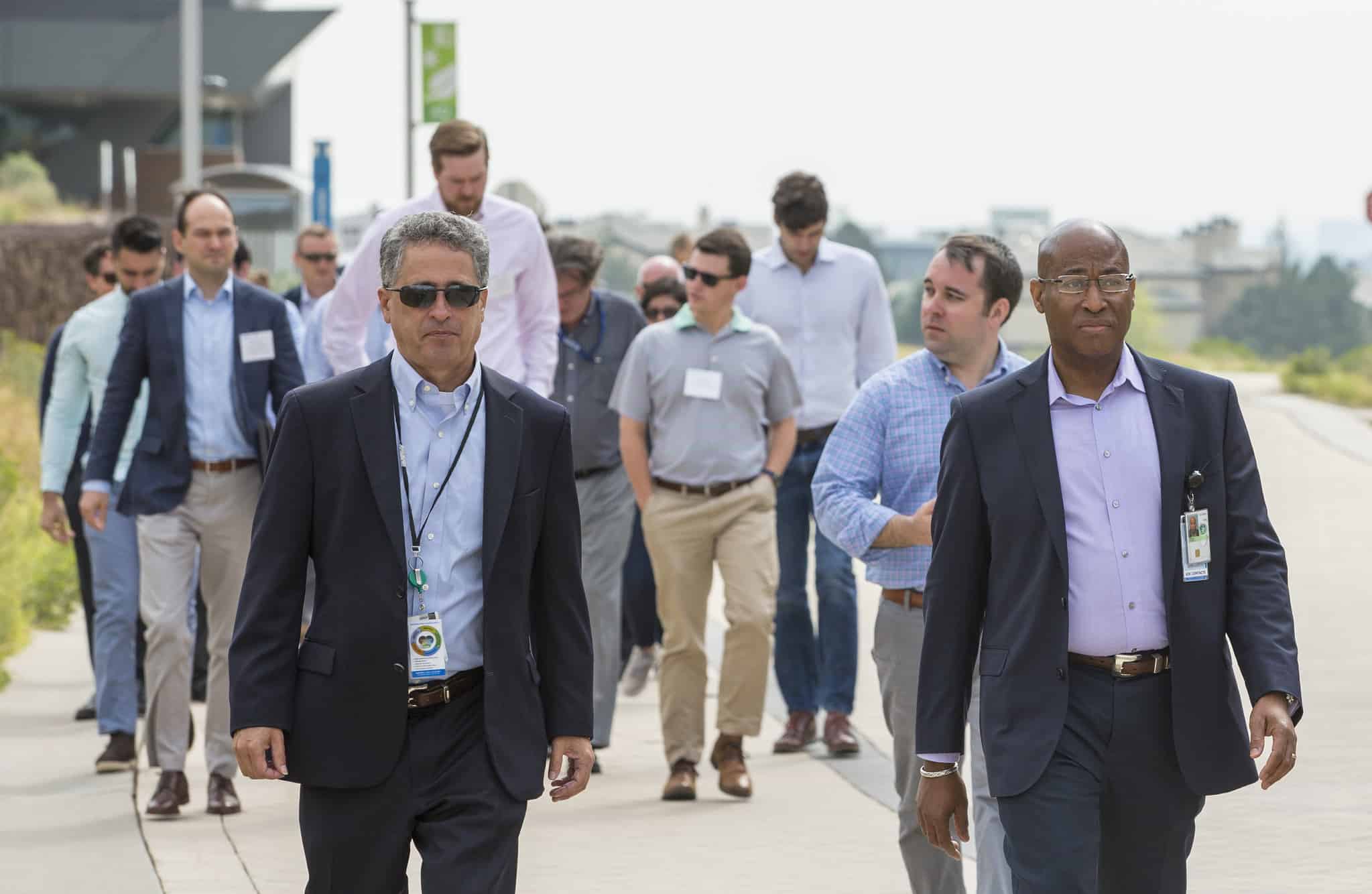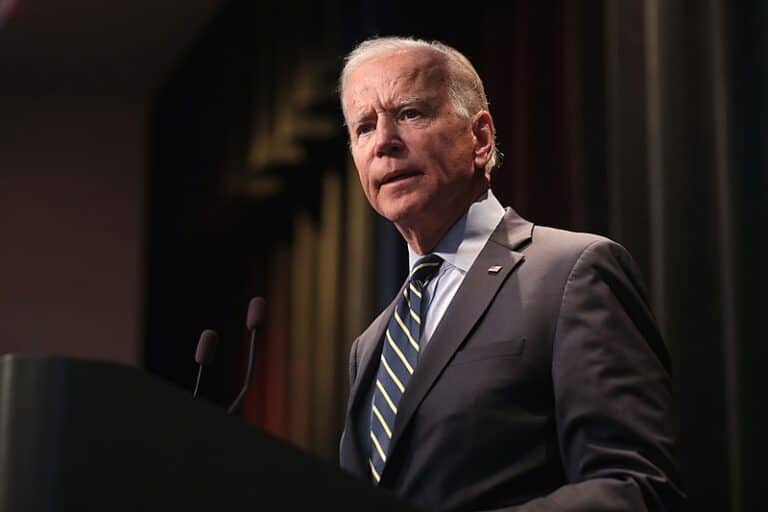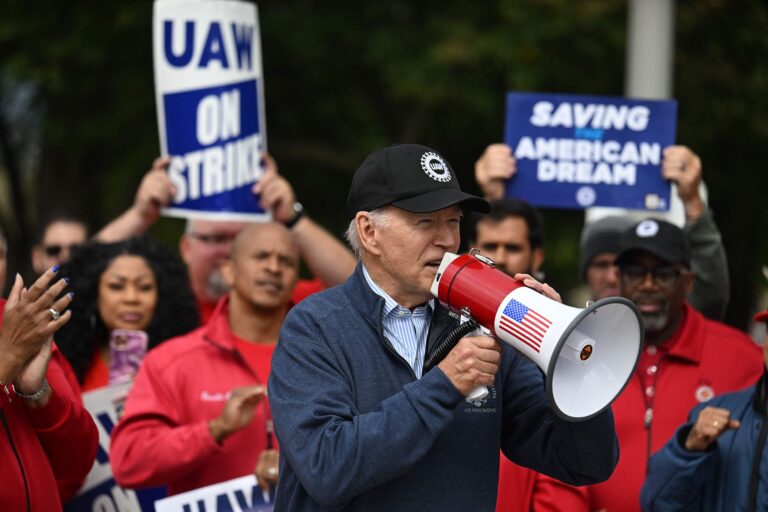Over the summer, President Biden issued a lengthy Executive Order on “Diversity, Equity, Inclusion, and Accessibility in the Federal Workforce.” The EO directs the federal government to revamp its personnel management practices—recruitment, hiring, training, promotion, and retention—to develop a “workforce that reflects the diversity of the American people.”
Biden’s EO is timely because the federal workforce needs revitalization and greater diversity.
The EO’s very issuance suggests the significant and stubborn unrepresentativeness of American diversity and talent in the federal workforce—a problem observers have long noted. For example, the federal workforce is not nearly as young as the country it serves. One 2019 survey indicates that only 6% of federal workers were in their twenties compared to 21% in the private sector. The federal workforce is also not as racially diverse as the American population. People of color are badly underrepresented, government-wide, in professional positions and leadership roles. And the federal workforce is not as skilled as it could be and should be. As the government itself reports, many federal agencies do not have enough skilled workers to effectively carry out their missions, especially in positions that require scientific and technical backgrounds.
Making over the federal workforce in the mold of its population is a monumental aspiration—not to mention a socially complex and politically contentious undertaking.
One step towards remedying the unrepresentativeness, however, is simple to accept. The federal government needs to find more young, diverse, and skilled workers and place them into internships, what OPM Director Kiran Ahuja calls the “gateway to a federal career.”
The EO recognized a role for internships to play in meeting its goals, albeit in a brief subsection, in directing the government to “increase the availability of paid internships” and “reduce the practice of hiring interns . . . who are unpaid.”
Between these lines is an intimation of the Washington truism—even a “tradition” or “rite of passage”—that many federal interns will not be paid for their work. It is difficult to say what percentage of all federal internships are unpaid because the Bureau of Labor Statistics traditionally does not track these positions. But telling data points and proportions suggest the number of paid internships may be very small. Take congressional internships, for example. According to one survey, only 8% of House Republicans and 4% of House Democrats paid even one of their interns. Across the agencies, too, the federal civil service job board, USAJobs, shows a smattering of unpaid or volunteer positions but no robust paid internship programs. More broadly, step back to consider the sheer disproportion of paid federal internships to the total number of federal workers. Though the federal workforce is composed of an estimated 2.1 million workers, a 2020 Trump-era budget request shows that only 4,000 internships were paid in the “Pathways Program,” the principal pipeline for students and recent graduates into full-time federal employment.
The Washington truism of unpaid internships is a much bigger problem than the size of its treatment in the EO suggests. Because at the same time the federal workforce needs to be more diverse, talented, and accessible, the prevalence of unpaid federal internships specifically discourages young, skilled, and diverse workers from entering federal employment. Internships have “replaced the entry-level job” as the entry point into full-time employment. Skewing the applicant pool at the internship stage could substantially undermine any initiative to remake the federal workforce demographically.
Start with the impacts on federal workforce diversity. Keeping too many federal internships unpaid would tend to make the government-wide internship class less socioeconomically and racially diverse because low-income and minority applicants are less likely to take unpaid internships. (The American Prospect has even gone so far as to conclude that unpaid internships “reinforce the racial wealth gap.”) Prospective applicants lacking household wealth are simply less able to afford a semester or summer without income and to shoulder the costs of uncompensated work. And, for unpaid federal internships, the costs to bear are substantial. Excluding travel costs, the total cost of a three-month unpaid Washington internship has been conservatively estimated at $4,050. Further explaining the gap is the possibility that taking an unpaid internship will cost the applicant a shot at the prize of full-time employment—unpaid internships rarely turn into full-time, long-term positions.
Not paying interns would also tend to make the federal workforce less skilled than its national constituency. Federal employees’ earnings are 26.71% less than their private-sector counterparts’; the unsurprising result is that the federal government loses many skilled workers to the private sector. There is no reason to think that dilemma does not also present itself at the internship-level. Prospective applicants with technical and scientific backgrounds have skills in high demand and take atypically large pay cuts by working for free. Young cybersecurity professionals provide an illustrative example. According to ZipRecruiter, cybersecurity interns stand to make an annualized salary of roughly $60,000. By contrast, the Department of Homeland Security pays its full-time cybersecurity interns about half as much. As one job-seeking student with a cybersecurity background bluntly described the general private-public discrepancy, “Unpaid internships in cyber aren’t really a thing beyond the public sector.” There is intangible value to working in public service, and the government does not need to offer highly competitive wages. But not paying or significantly underpaying skilled interns would hobble an effort to draw more talent into the federal workforce.
The shortcomings of the federal internship are evident, but there are signs that Congress has taken closer notice of the importance of federal interns and the problem that so many are not paid. In its budget report for fiscal year 2022, the House Appropriations Committee directed OPM to study the feasibility of increasing the number of interns in the federal government and to publish data on participation in the Pathways Program “to better measure and determine the effectiveness of each program as a pipeline of new and diverse talent.” What was perhaps most telling in the report was the direct proposal to the State Department to use $10 million in new funding to convert all internships into paid opportunities within three years. For a federal agency where “most” internship opportunities are unpaid, the new policy at State could be a harbinger for real change to come under the EO and OPM’s guidance.
Even more concrete change lies in OPM’s new hiring authority. The authority enables students to work paid, competitive service positions while pursuing an educational degree and makes it easier for agencies to later convert them into full-time hires. As OPM itself has expressed, the authority’s purpose is to make federal careers more accessible to a younger and more diverse pool of workers.
That is a clear indication that the government is consciously grappling with the internship problem. But it was also one blog-post communication from one administration’s OPM. If the government really wants to turn itself into a mirror of its population, it will take deeper—and, yes, even legislative and legal—change to the federal internship. The benefits in diversity are greater than one EO’s fulfillment.









Daily News & Commentary
Start your day with our roundup of the latest labor developments. See all
July 11
Regional director orders election without Board quorum; 9th Circuit pauses injunction on Executive Order; Driverless car legislation in Massachusetts
July 10
Wisconsin Supreme Court holds UW Health nurses are not covered by Wisconsin’s Labor Peace Act; a district judge denies the request to stay an injunction pending appeal; the NFLPA appeals an arbitration decision.
July 9
the Supreme Court allows Trump to proceed with mass firings; Secretary of Agriculture suggests Medicaid recipients replace deported migrant farmworkers; DHS ends TPS for Nicaragua and Honduras
July 8
In today’s news and commentary, Apple wins at the Fifth Circuit against the NLRB, Florida enacts a noncompete-friendly law, and complications with the No Tax on Tips in the Big Beautiful Bill. Apple won an appeal overturning a National Labor Relations Board (NLRB) decision that the company violated labor law by coercively questioning an employee […]
July 7
LA economy deals with fallout from ICE raids; a new appeal challenges the NCAA antitrust settlement; and the EPA places dissenting employees on leave.
July 6
Municipal workers in Philadelphia continue to strike; Zohran Mamdani collects union endorsements; UFCW grocery workers in California and Colorado reach tentative agreements.